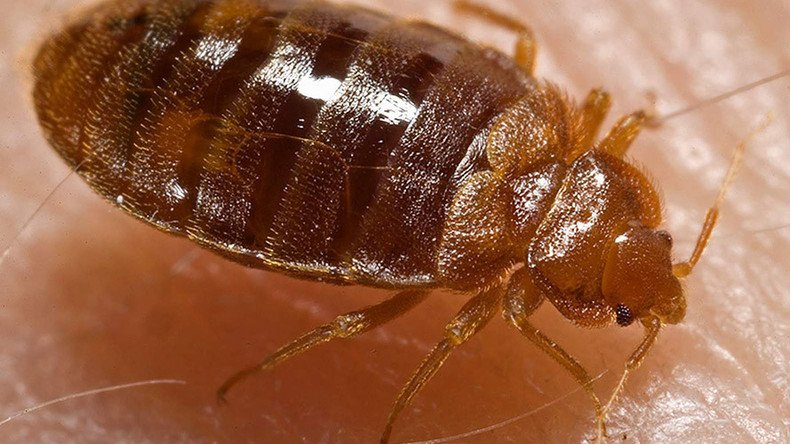So long, bloodsuckers: Scientists crack bedbug genetics, plan its demise

Bedbugs be gone! Scientists have successfully cracked the genetic makeup of the blood-sucking parasites, which could lead to their eventual annihilation.
Okay, complete eradication is perhaps wishful thinking. But researchers at the American Museum of Natural History and Weill Cornell Medicine are hoping a genome breakthrough will lead to more effective ways to battle the sleep-destroying pest.
By getting a handle on what makes the little ticks, erm ... tick, scientists may now be able to tailor pesticides to kill the ever-mutating creepy crawlies.
The study, published in the Nature Communications journal, explains how DNA and RNA samples were taken from living and preserved insects in order to build up a genetic story of the bedbug.
One key observation during the analysis was that certain pesticide resistant genes are only “expressed” after bedbugs suck on blood.
The finding suggests exterminators are more likely to stop an infestation while the insects are young.
It also states the structure of a bedbug can be linked to 400 different types of bacteria, thus indicating antibiotics might be a suitable way to curb any pest problem.
The bedbug, or Cimex lectularius, to give its Latin name, has been around for thousands of years – anecdotally found in rundown hotel rooms or warm places where they can sink their teeth without disturbance.
In the 1940s, the creature, which feeds off human blood, almost completely vanished due to the large scale use of insecticide gas DDT, explains co-author of the study, Louis Sorkin.
However, its overuse led to an increase in resistance.
Bedbug DNA was also collected from more than 1,400 locations in New York City, including every subway station, to prove not all the parasites have the same composition.
“Bedbugs are one of New York City’s most iconic living fossils, along with cockroaches, meaning that their outward appearance has hardly changed throughout their long lineage,” said George Amato, from the Sackler Institute for Comparative Genomics, and co-author of the study.
“But despite their static look, we know that they continue to evolve, mostly in ways that make it harder for humans to dissociate with.
“This work gives us the genetic basis to explore the bedbug’s basic biology and its adaptation to dense human environments,” he added.













